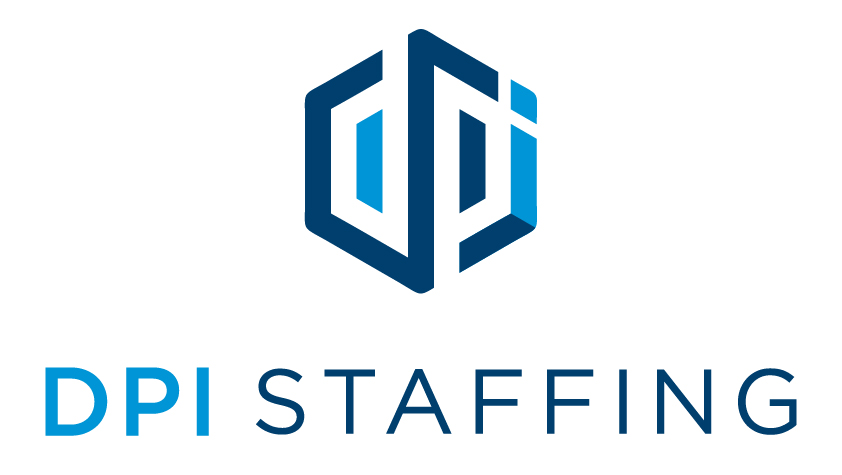Summer is by the far the busiest season for temporary staffing companies. Many summer staffing customers, in industries like agriculture, manufacturing and transportation, are in peak season and must bring on temporary staff to help manage considerable upticks in business.
Read on for tips to help you maximize your investment in temporary staffing this summer.
1. Over-communicate with your staffing agency.
Do you have an in-demand skilled position, such as a CDL driver or welder, coming open in the near future? Are temporary employees exceeding your expectations? Have a huge order on tap next month that will require many additional employees? All of these scenarios (and more) are key times to be in contact with your staffing agency. And designate a point person responsible for the majority of communications with the staffing firm to cut down on miscommunications and save time.
2. Provide detailed job descriptions.
Jobs vary widely by employers—production workers in one warehouse, for instance, might be required to lift 50 pounds and drive a forklift. In another they may need to lift light items repeatedly. By providing your staffing agency with a detailed description (called a job order by the staffing agency), they’ll be much more likely to find a great candidate.
3. Don’t forget about onboarding.
With the rush of the busy season, you may be tempted to get employees right to work with little preparation. Yet providing them with comprehensive training and familiarizing them with your workplace is key to their productivity and your business running smoothly.
4. Make safety a priority.
Safety is a major concern when so many new employees are working. Safety should be a partnership with your staffing company. The staffing firm should provide basic safety training (it may have a Safety Manager who can develop a customized safety training for your company), while you should include workplace-specific training during onboarding at your workplace. In addition, focus on heat safety if employees will be working outside or in hot indoor environments.




